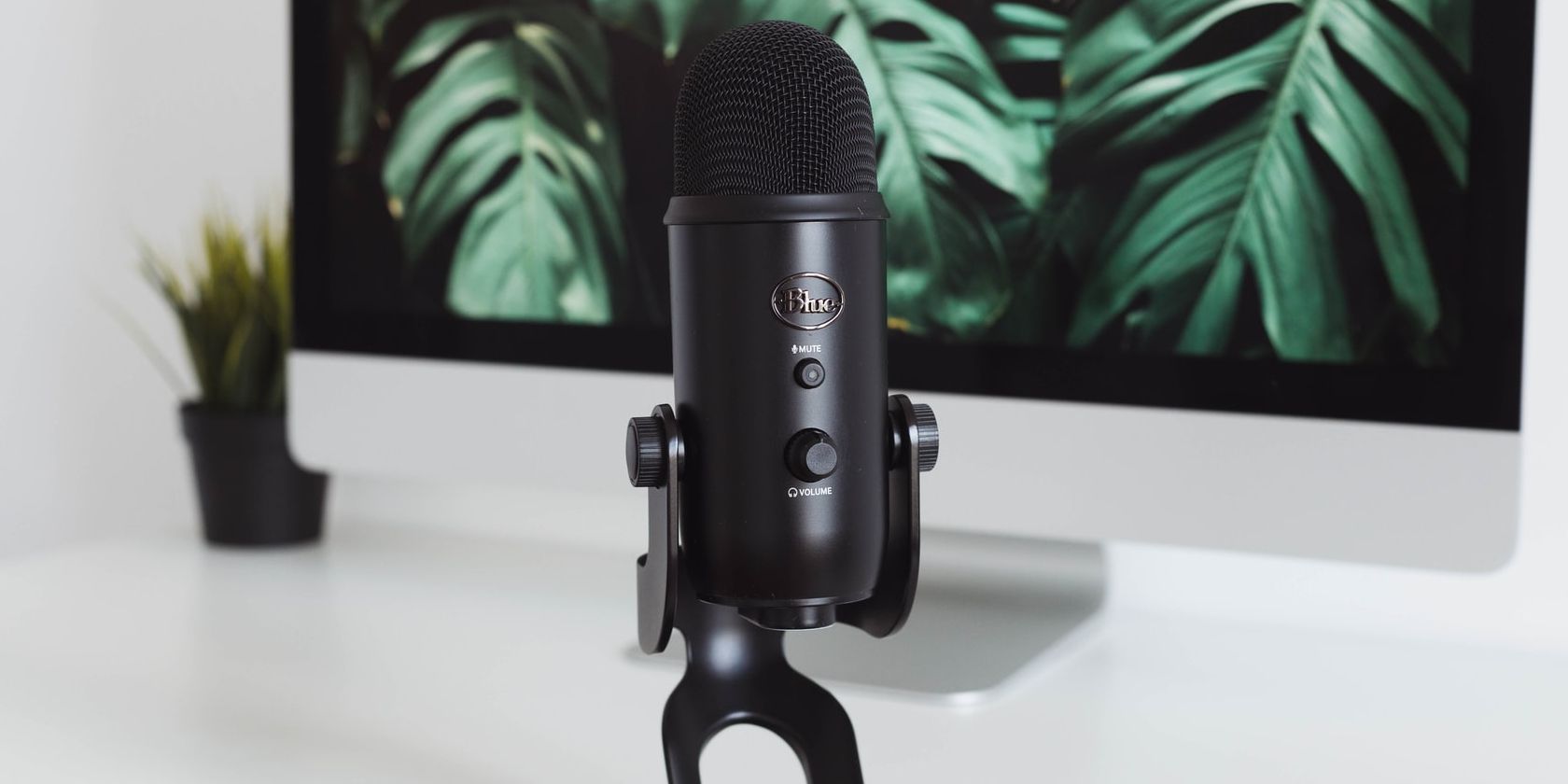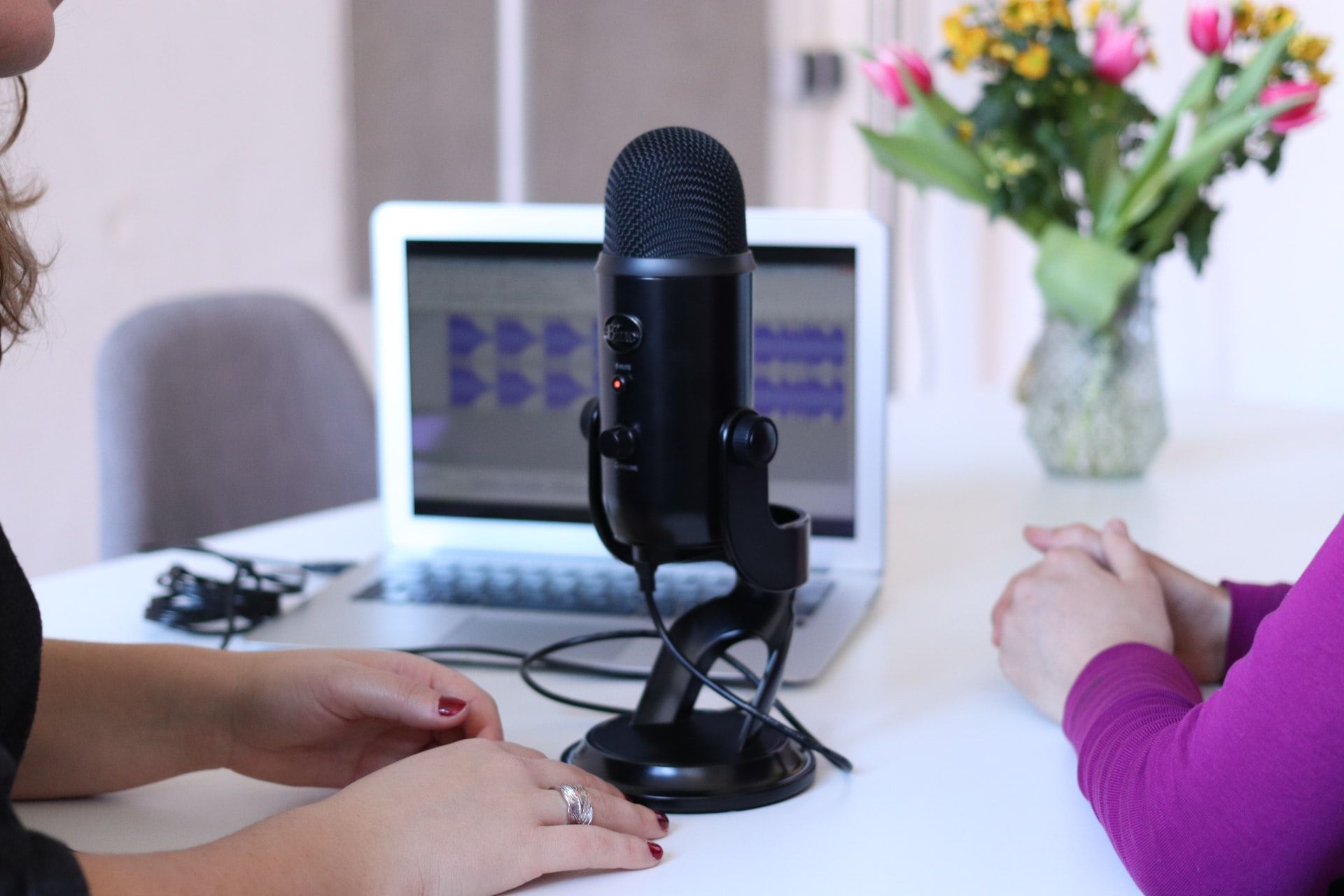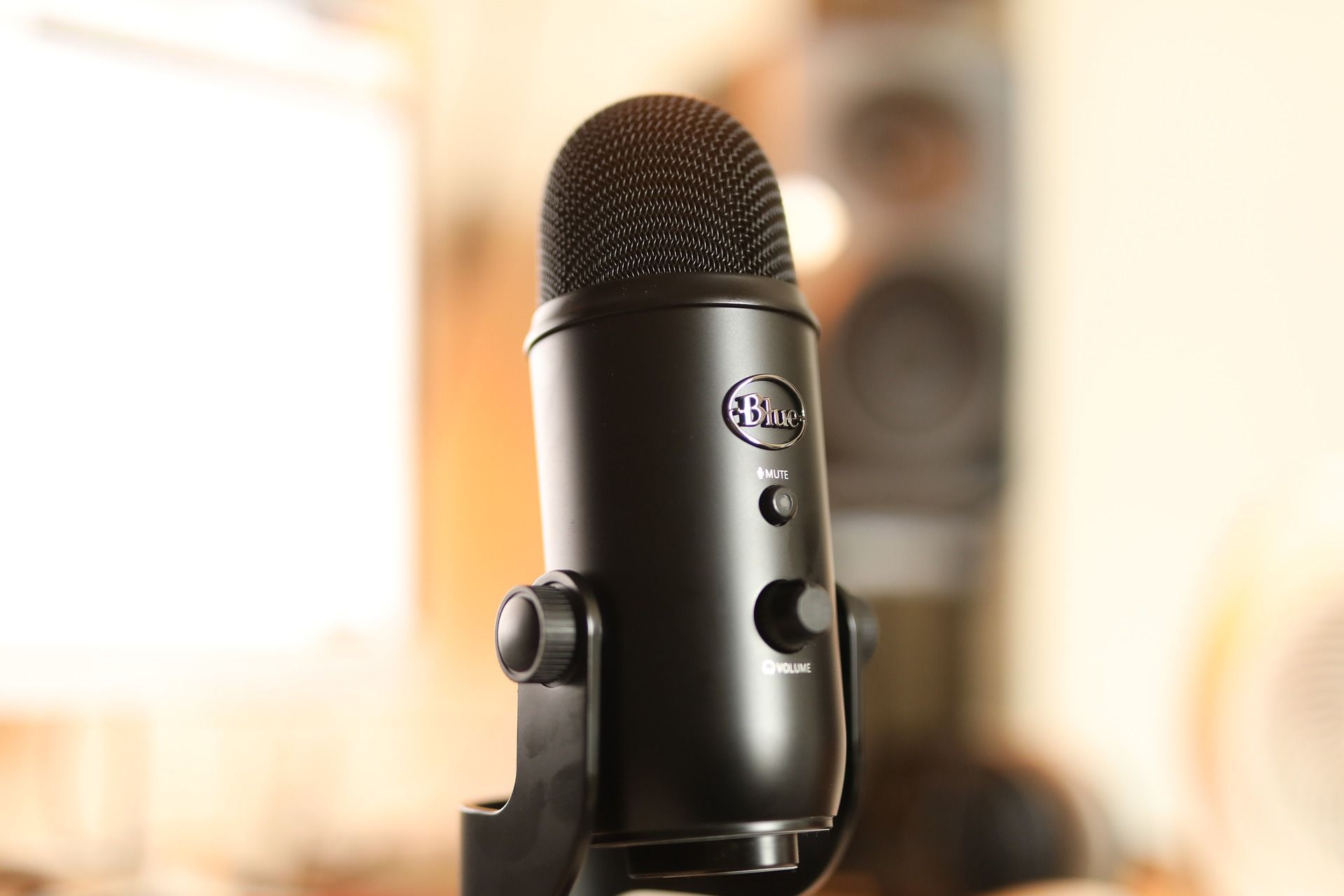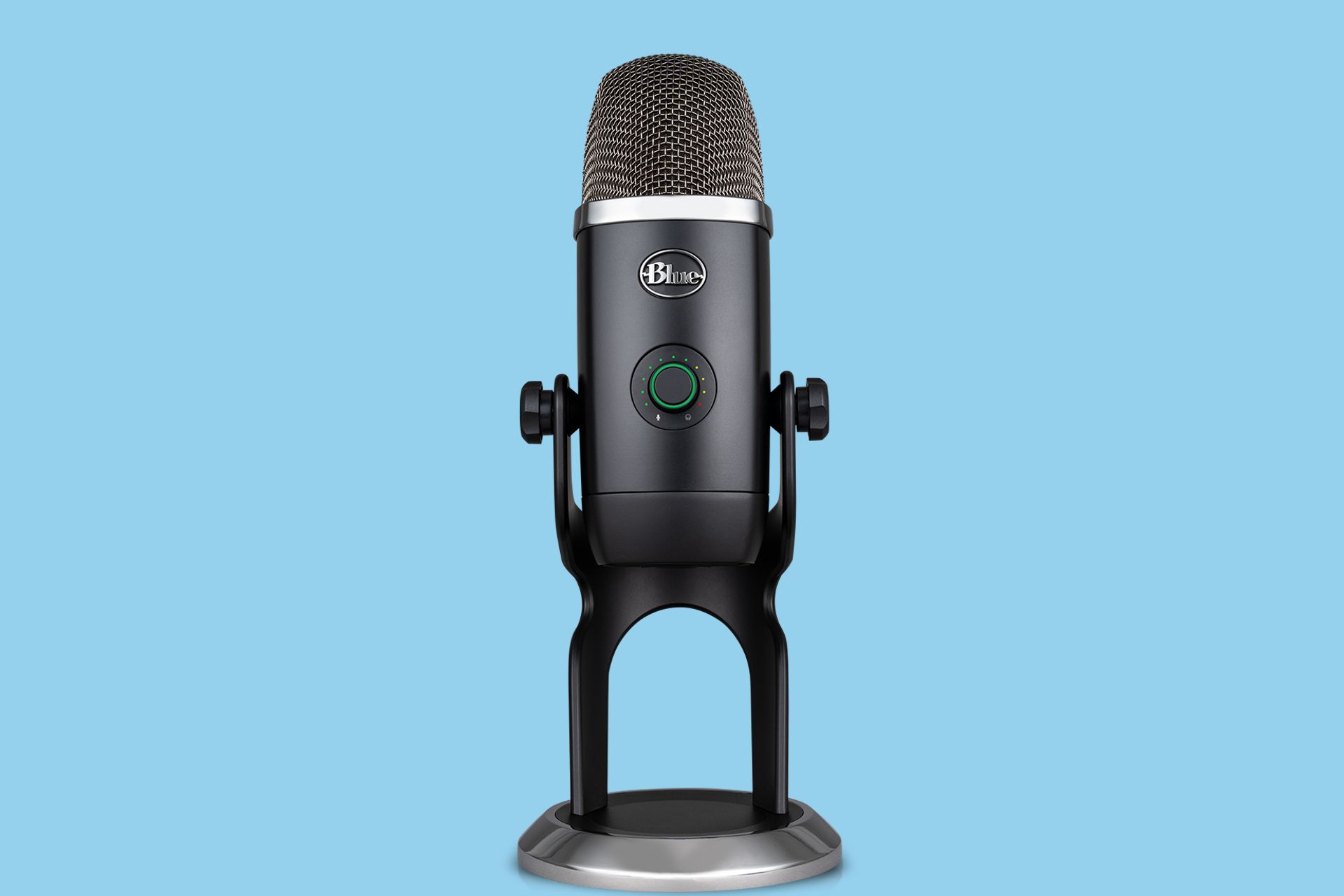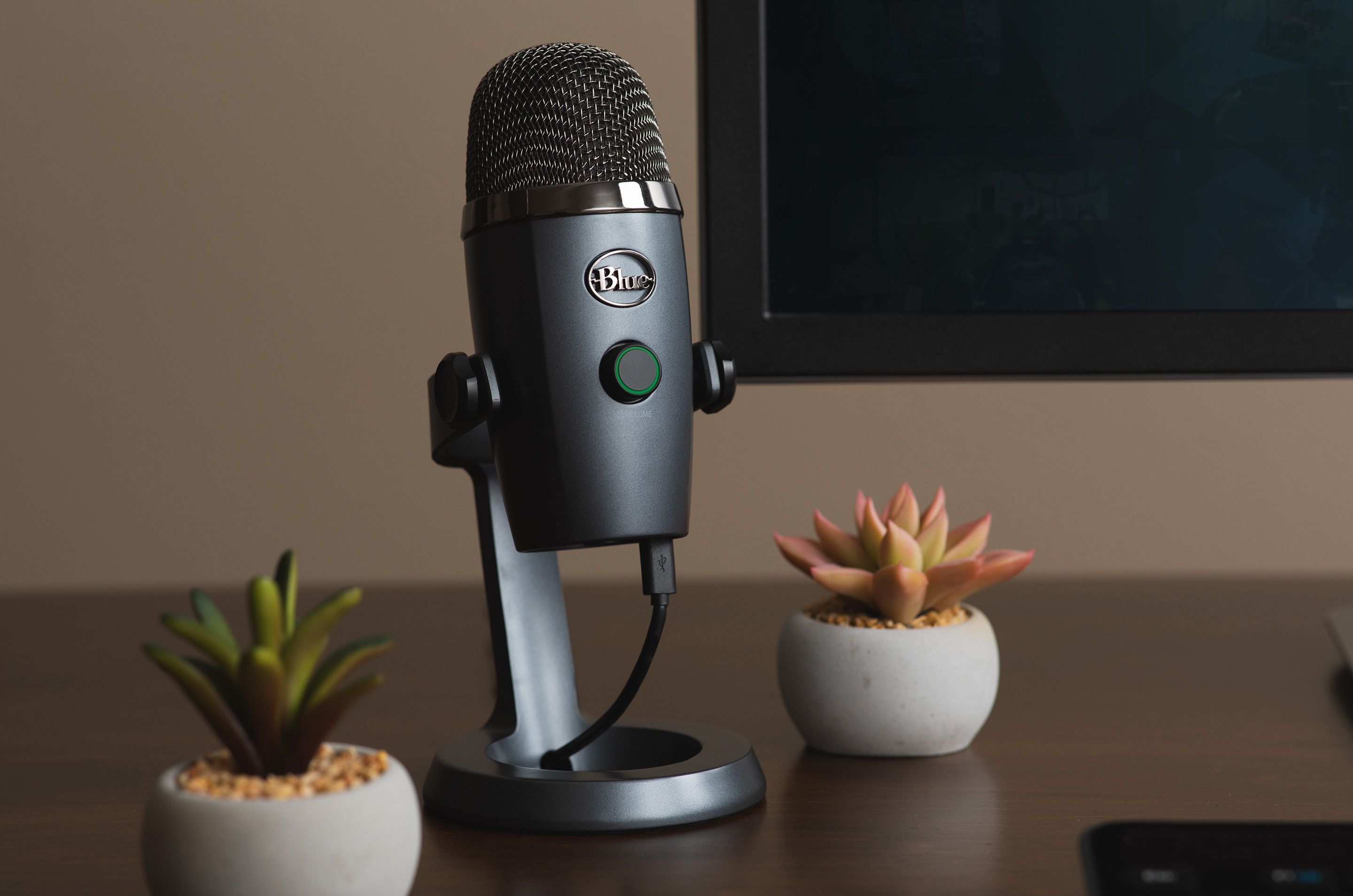It's Impossible to search for a USB microphone without stumbling across the extremely popular line of Blue microphones. The Blue Snowball has been one of the most popular, easy-to-use USB microphones since its debut in 2005.
However, since then, Blue has released the Yeti microphone line that has the same ease of use as the Blue Snowball, only with vastly better sound quality. Since there are a few different versions of the Yeti, which one should you choose? Yeti, Yeti X, or Yeti Nano?
Here's everything you need to know about the Blue Yeti USB microphone line.
What Are Blue Microphones?
Blue designs USB microphones that are meant to be easy for beginners to use. When searching for a new microphone, consumers will quickly become overwhelmed with options that are specifically designed for either musicians, podcasters, or filmmakers.
Blue makes microphones that are easy to plug into your computer's USB port, are quickly recognized by your system with minimal setup required, and allow you to start recording audio as quickly and seamlessly as possible.
Blue microphones also come with free software called Blue Sherpa which makes it easy to change the microphone's gain, polar pattern, and audio effects.
What Do Blue Yeti Microphones Have in Common?
All of the Yetis are USB microphones, which means they're easy to set up and start recording within minutes of taking them out of the box. Each microphone also has different polar patterns for recording in different setups; this includes Cardioid and Omnidirectional modes.
The Cardioid mode picks up audio from in front of the mic only and blocks out the noise coming from all other directions, which is perfect for recording your voice on a solo podcast and voiceovers.
The Omnidirectional mode takes in audio from all sides; this is great for recording a podcast with multiple people or when you want to record audio from every direction in the room.
Every Yeti also comes with a 5/8-inch tripod thread on the bottom of the microphone which makes it easy to attach to several stands and boom arms. Although each Yeti has slightly different recording sample rates, they all sound similarly fantastic.
Now, let's compare their differences.
Blue Yeti
The original Blue Yeti microphone has been popular with creators since its debut in 2009. It was designed for those who want professional sounding audio without needing and education in audio engineering.
There are many factors to making your audio sound good during and after recording; Blue wanted to make recording professional audio as simple as possible for new creators.
The Yeti comes with four polar patterns: Cardioid, Omnidirectional, Stereo, and Bidirectional. The additional Bidirectional mode cuts out noise from the sides of the microphone, while only capturing audio from the front and rear. This mode is perfect for recording a podcast with only two people.
The Stereo mode uses the left and right channels to capture a much wider soundstage. This mode is perfect for musicians recording acoustic guitars and other instruments, as well as ASMR-style audio recordings.
One of the main cons of the Yeti is its size and weight. The microphone itself is 1.2 pounds, while the stand it comes with is 2.2 pounds, bringing the total weight to 3.4 pounds. This may not sound like much, but combined with the awkward shape of the Yeti when moving it around with a USB cable and headphones plugged in is quite annoying.
However, just like all Yeti microphones, it's easy to use, the sound quality is fantastic, and it has all the polar patterns you should need.
Blue Yeti X
The Yeti X is the newest member of the Yeti family, released in 2019. It builds on the features of the original Yeti with an updated design, an additional condenser for clearer and more focused pickup patterns, and a couple of other additional design elements. One of its headlining features is the ability to monitor your audio levels in real-time on the microphone itself.
The center dial on the front of the mic, used for adjusting gain, now has additional LEDs that light up at incoming sound. These LED lights can be customized in the Logitech G HUB application, which is very fun and looks gorgeous against the black body. This center knob can also be pushed in to mute your audio temporarily.
However, monitoring your audio levels within Blue Sherpa or another audio recording software is superior as it's more accurate than the Yeti's LEDs. Although the quick monitoring on the front of the microphone is nice for peace of mind, remember to monitor your audio in another program to ensure it's at a stable level throughout the recording session.
Overall, the Blue Yeti X is a much-needed redesign of the Blue Yeti, comes with some fun additional features such as customizable LEDs, but lacks any large improvements that would make the extra money worth it for most people.
Blue Yeti Nano
The Blue Yeti Nano was released in 2018 and is our favorite of the Yeti line for a few reasons.
The Nano has the same beautiful sounding 24-bit sound quality as the rest of the Yeti line, all in a smaller package. It's physically shorter than the rest of the Yetis and weighs only 1.39 pounds with the included stand. This is a huge improvement in terms of portability, making traveling with the microphone much easier, as well as everyday storing.
The Nano also has an updated design from the original Yeti. It comes in several colors and the finish is gorgeous. There's also the center knob that can be used to adjust gain and mute the recording.
A downside of the Yeti Nano is its available polar patterns.
It can only record in Cardioid mode, which is perfect for solo podcasts and voiceovers, and Omnidirectional mode, which takes in audio from all sides of the microphone. A Bidirectional mode would have been a much better polar pattern to include in the Nano to record two people.
Having to use the Omnidirectional mode means risking audio from all parts of the room making its way into your recording, which can be a pain to remove in post-production.
Overall, the Yeti Nano is a great package with an updated design, beautiful sound quality, and sits at an affordable spot between the entry-level Blue Snowball and the Blue Yeti.
Which Blue Microphone Will You Choose?
Choosing a microphone is a very personal decision that depends on your needs and audio recording experience. The original Blue Yeti is a great package that has all you'll ever need in a USB microphone, as long as the weight and size don't deter you.
The Yeti X is a great redesign of the original Yeti, but it needs some additional features to be worth the price increase. And the Yeti Nano has the same professional-sounding audio as the more expensive Yetis in a smaller package, but the lack of polar patterns may dissuade some buyers.

